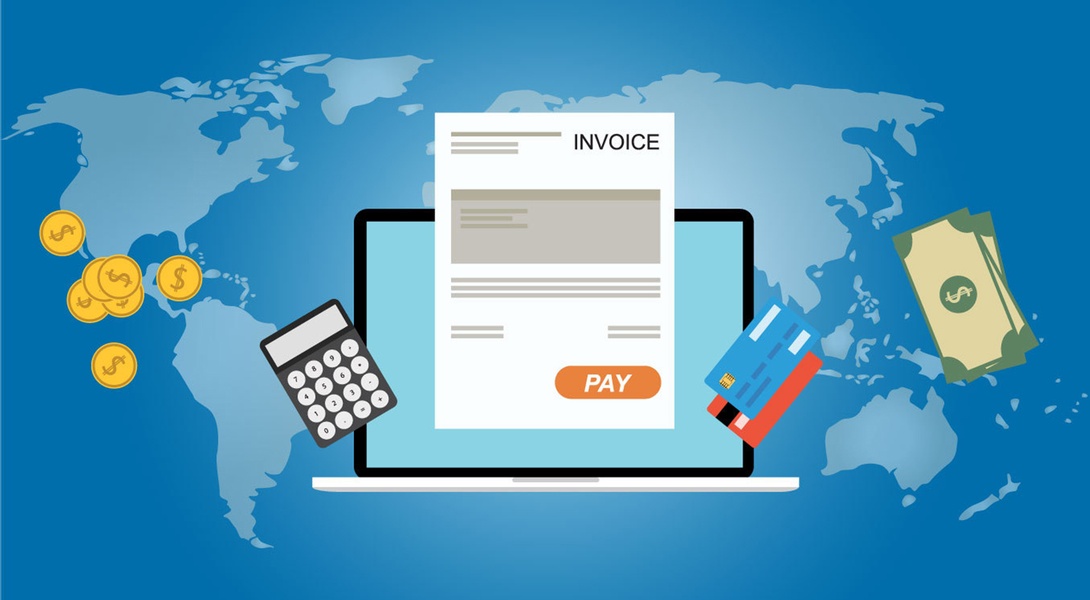Selling subscriptions can seem like a dream in the eCommerce world. Ongoing revenue; stable, recurring payments that are predictable and consistent across reporting periods; plus the benefit of establishing a long-term customer relationship that goes beyond a one-time purchase.
From an actuarial standpoint, subscription billing is great. From an eCommerce engineering standpoint, it can be frustrating. If you want to add a subscription product mix into your digital commerce strategy, know that it’s easier said than done. You’ll most likely encounter a few challenges along the way. If you don’t plan for these, you could overshoot your budget and fall short of your development timeline or end up needing a separate platform to manage your subscription business. Here are a few common challenges along with some different approaches to resolve them.
1. Multiple Platform Management
Customer self-service is a key part of being successful with the sale of subscription products. Between changes in delivery address, credit card profiles and other account updates, customers expect to be able to manage their profiles on demand. When platforms fail to make those tools accessible or adequate, subscription churn rates will spike even if the customer is happy with the service. According to analytics company Insight Squared, reducing churn rate by just 5% can increase profits by anywhere from 25% to 125%. So, why do so many lack the functionality to meet customer expectations? In many cases, the subscription products and revenue was an afterthought, and launched through a separate platform, commerce system or billing service and as a result, as the business has matured, problems have arisen due to a lack of integration between the systems.
On the other hand, business and marketing teams may have been slow to catch on, but are now fully invested in trialing and testing subscription products (digital or physical products) in their eCommerce storefronts.
A significant portion of eCommerce platforms offer limited or low-functionality subscription product management or subscription management functionality. For example, there may be limited options on the types of subscription products available or customer service and support options could be missing from the store administration interface.
As a result, based on the unique challenges, many eCommerce operations will outsource a portion of the subscription processing, to third-parties or their payment provider. The subscription billing data and profile now lives in a different realm than traditional eCommerce functions like account management, and when the two are developed separately, they’re controlled separately. Every time an account gets updated (say, with a new credit card or change in subscription product preferences) those changes may not be reflected in both systems, even though the customer (rightly, we might add) would assume that they are.
Avoid the trap of multiple platform environments, review your subscription commerce requirements and plans before launching any new eCommerce initiative if there is a replatforming project. If there is no support for existing subscription options within a current platform, place extra emphasis on reviewing the integration options and the ability to utilize your existing payment tools and services. And, utilize your technology team to integrate the systems together as best you can.
Key Takeaways
- Tightly-integrated eCommerce architecture forces businesses to manage their subscription selling separately from traditional eCommerce functions.
- Avoid multiple platforms unless necessary due to lack of core platform functionality. As a stop gap consider, billing services with integration and API support.
2. Coordinating Subscriptions Billing & Customer Service
No one likes to be surprised by a mysterious charge on their credit card statement from some vaguely named company. “What’s this charge for $X.XX I’m seeing each month?” is probably a phrase uttered millions of times across this country.
Of course, in most cases, the charge is probably legitimate and a service that someone signed up for a few months ago and promptly forgot about.
Can eCommerce operators be better about notifying customers of subscription charges? And build better churn rates at the same time?
A key consideration for the billing aspect of your subscription business is how you’ll update customers. Consider the following common types of notifications:
- Upcoming Delivery Notice
- Upcoming Renewal
- Renewal Reminder
- Renewal Confirmation
- Renewal Failure (i.e. expired credit card)
- Notice of Pending Expiration
- Expiration
- “Please Come Back!”
Unlike those easy to communicate one-off transactions, subscriptions billing communication is the wild west.
In order to set the right strategy in place, we recommend that you consider the types of products that are being ordered and how your customers expect to hear from you. Are they going to be hit with a large dollar amount on an annual basis? Or is this a smaller monthly charge?
Coordinate between the marketing (specifically email marketing) team and commerce team to build your communication workflow. Not only what you’re going to be sending, but when – what’s the schedule going to look like? And, just as importantly, which system has enough information and customer data to generate the message.
Ideally that workflow and schedule document will contain a go-live list. And include a phase 2 based on (1) the results of communication from the first campaign and (2) additional contact types you would want to add.
Key Takeaways
- Key to driving down churn, improving retention and keeping customers involved are the billing notifications and customer service campaigns you’ll be sending related to their subscription. Expect to get some of the early communication wrong – you’ll most likely have to rework the messaging as well as the timing. Each workflow is highly customized to the type of products being sold, the recurrence of the charges, and the habits of the subscribers.
3. Tax Calculation for Subscriptions
If you want to integrate subscriptions, it isn’t just a matter of selling products more regularly; it’s a broader shift toward a recurring revenue model. This model can present new challenges that businesses are unprepared for, and one of those is tax liability. The switch to recurring revenue requires that you juggle more balls at once. You’ll need to determine sales tax nexus and your associated liability for each revenue stream every month.
For other subscription types, consider the implications of offering digital products or memberships that do not include a “physical” shipped item to the customer. You will need the flexibility to use another address type (such as billing) if applicable.
This can put a big strain on backend operations when the eCommerce engine isn’t built for subscription management. You’ll likely spend some time integrating a host of APIs and new form fields that let you manage sales tax calculations by region, tie billing information to shipping, and accept new account payment types through the frontend.
It’s a lot to coordinate, and can get complicated. This is another area where strong API access through the eCommerce platform, to enable access to the best tax calculation tools, but also access to the data on the taxes and fees collected, pay off.
Key Takeaways
- Tax liability is a common sticking point for businesses that expand into subscription revenue models, and it’s complicated to integrate back office tax functions.
- eCommerce platforms with API based approaches offer complete backend flexibility to add and remove functions as needed. This makes it easy to integrate tax liability and planning functions into your financial calculations.
Overcoming the Obstacles to Subscription Selling
Murphy’s Law is all too relevant in eCommerce engineering: Anything that can go wrong, will go wrong. We see this time and time again in the subscription billing work, usually due to the limitations in the client’s eCommerce architecture. Utilizing subscription products and tools through an eCommerce platform with an open API driven architecture allows for better retention, improved communication and the flexibility to deal with challenges that are unique to each business.


